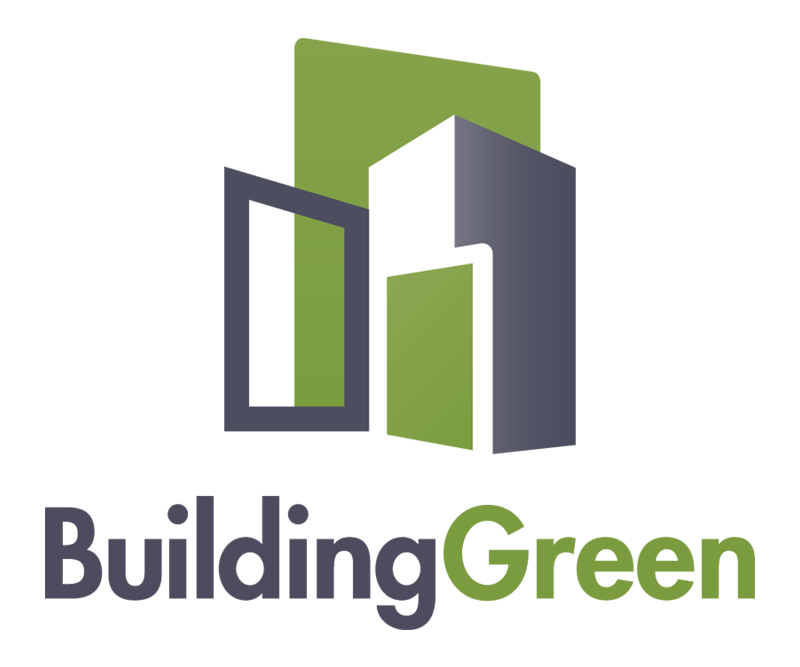Championing Knowledge
We deliver rigorous, trusted sustainability thinking, with webcasts and reports that help you break down and explain complex issues — in ways that are not only digestible but actionable.

Browse Our Knowledge Base
We’ve been educating the experts about the latest sustainable and healthy building strategies for more than 30 years, and remain the trusted voice in the industry. We carry no advertising and accept no commercial support— offering an unbiased, comprehensive resource and informed perspective.
We help you break down and explain complex issues—in ways that are not only digestible but actionable, with insight and direction that are timely, unique, relevant, and useful. Our full collection of articles, webcasts, reports, blog posts, and infographics is organized into the topics below.
See our collection supporting the AIA Framework for Design Excellence
Sustainable Materials

Photo: Nassimi LLC
No single factor makes a building product “sustainable,” but BuildingGreen helps you understand the many aspects that do.
Design Strategies
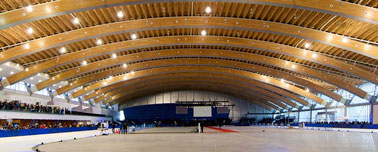
Photo: Duncan Rawlinson. License: CC BY 2.0
High-performance design is at the heart of green building. Changing times (and a changing climate) call for smarter design strategies that provide ongoing benefits.
Building Science
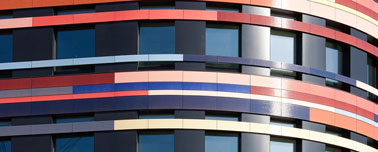
Photo by Andreas Lechtape, courtesy NBK Architectural Terracotta
Tighter building envelopes and high-performance materials bring opportunity—and risk. We demystify building science and show you how to design with confidence.
Buildings & Project Types
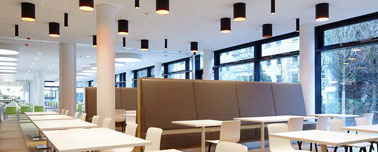
Photo: Vodaphone Medien. License: CC BY-ND 2.0
Different project types have their own requirements and best practices, and we show you how leading firms are meeting the challenge.
Design Process
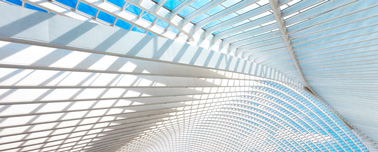
Photo: Bim
Learn to optimize the building process starting from the earliest client interactions, through design and construction, and to occupancy and beyond.
Codes & Certifications
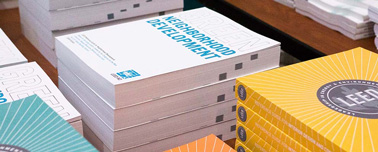
Photo © Ana Ka’ahanui
Standards and rating systems have been instrumental in advancing the sustainability of our built environment. We show you how to navigate them smoothly and keep raising the bar.



